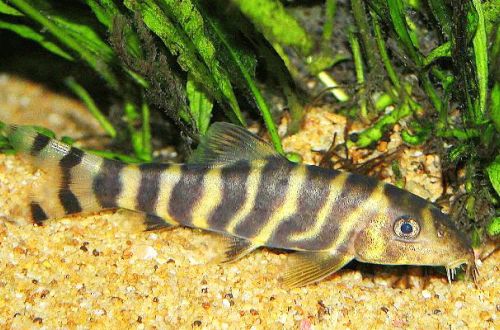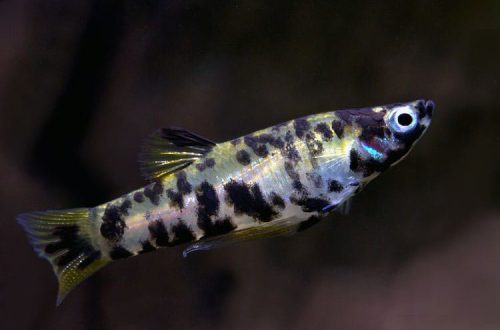
bengal char
Botia Dario or Bengal char, the scientific name Botia dario, belongs to the family Cobitidae (Loaches). Unpretentious and easy to keep fish, compatible with many popular species. Can successfully complement the community aquarium.

Contents
Habitat
Occurs from the territory of northern India, Bangladesh and Bhutan. It lives in the basins of the Ganges and Brahmaputra rivers. The fish lives everywhere along the entire course of rivers, as well as in temporary reservoirs and channels formed during the rainy season.
Brief information:
- The volume of the aquarium – from 80 liters.
- Temperature – 23-26°C
- Value pH — 6.0–7.5
- Water hardness – soft (1-10 dGH)
- Substrate type – sandy or fine gravel
- Lighting – subdued
- Brackish water – no
- Water movement – moderate / weak
- The size of the fish is 12–13 cm.
- Nutrition – any drowning
- Temperament – peaceful
- Content in a group of at least 5–6 individuals
Description
Adult fish reach a length of about 12–13 cm. Sexual dimorphism is weakly expressed. Females are somewhat larger than males. The fish has an elongated body with a large head. The mouth has sensitive antennae, with the help of which it finds food in the soil layer. The coloration consists of alternating narrow yellow and wide brown stripes.
Food
It feeds near the bottom, so the food must be sinking. The diet of essential food does not matter. Bocia Dario gladly accepts all types of dry, frozen and live food. The only important condition is the presence of herbal additives in the composition, otherwise aquarium plants may suffer.
Maintenance and care, arrangement of the aquarium
The optimal size of the aquarium for a group of 5-6 fish starts from 80 liters. The design is arbitrary, however, conditions close to the natural habitat are welcome. It is advisable to use a sandy or fine gravel substrate, a few snags and heaps of stones that form crevices, caves, or any other decorative shelter. Live plants with a shallow root system are planted in pots, with a more massive one – directly into the ground. The fish are prone to interrupting the substrate, so they may accidentally pull up your plants. The lighting level is subdued.
Successful maintenance of Bengal char does not require much effort, if the hydrochemical parameters and water quality are kept within the acceptable range. Mandatory measures are regular cleaning of the aquarium from organic waste and weekly replacement of part of the water (25–30% of the volume) with fresh water in the presence of a productive filtration system.
Behavior and Compatibility
Compatible with many popular non-aggressive fish of similar size. The only limitation is the very small and ornamental species with long fins, which should be avoided when introduced. Intraspecific relationships are built on a hierarchy between adult fish. When kept with a group of at least 5–6 individuals of Botsia Dario, they behave calmly and friendly. However, with a smaller number, the behavior may change, and the likelihood of attacks on the neighbors in the aquarium becomes high.
Breeding / breeding
In the wild, the breeding season coincides with the rainy season and is accompanied by long migrations. External conditions change significantly, which is one of the incentives for spawning. It is problematic to recreate such conditions for breeding this species in a home aquarium, therefore, at the time of writing, no successful cases are known. Botsii fry are sold from commercial fish farms, where they receive offspring using hormonal injections.
Fish diseases
By their nature, non-ornamental fish species that are close to their wild relatives are quite hardy, have high immunity and resistance to various diseases. Health problems can be the result of inappropriate conditions, so before starting treatment, check the quality and parameters of the water. If necessary, bring all values back to normal and only then begin treatment, if necessary. Read more about diseases, their symptoms and methods of treatment in the section “Diseases of aquarium fish”.





